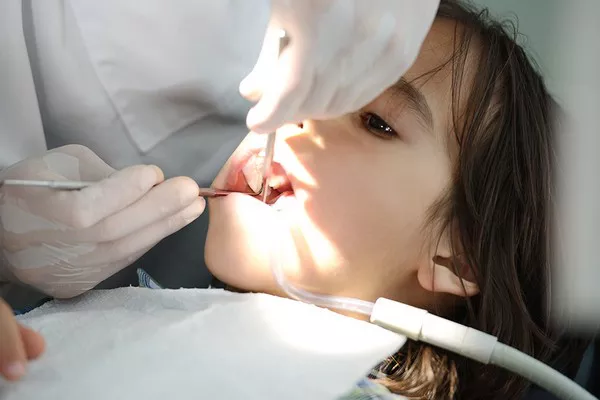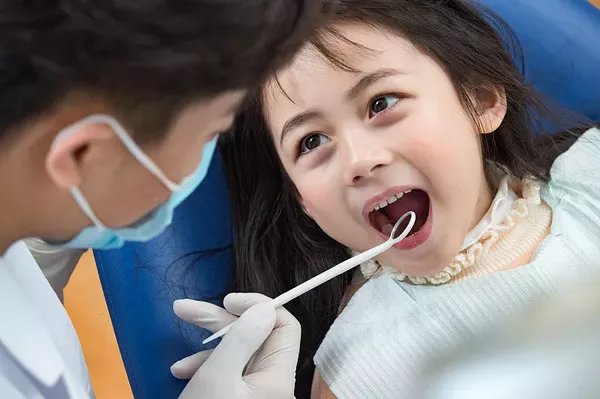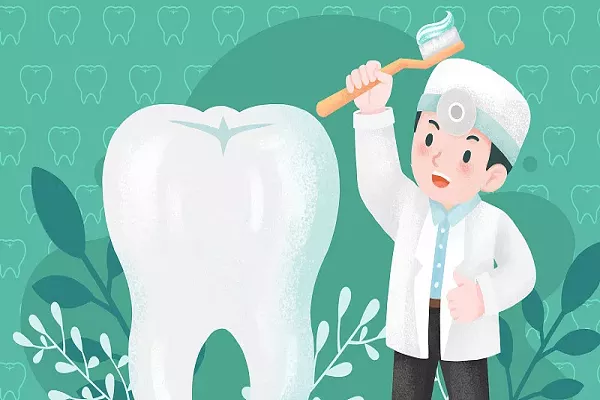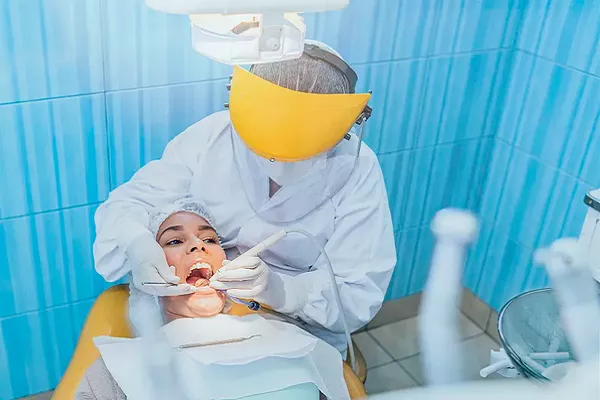Orthodontic treatments have evolved significantly over the years, offering patients more efficient and comfortable solutions to achieve a beautiful smile. Self-ligating braces are one such innovation that has gained popularity among orthodontists and patients alike. Unlike traditional braces, self-ligating braces use a unique mechanism for teeth alignment. In this article, we will delve into the mechanics of self-ligating braces and understand how they work to straighten teeth effectively and efficiently.
1. Understanding Traditional Braces vs. Self-Ligating Braces
Traditional braces consist of brackets that are affixed to each tooth and connected with an archwire. Elastic or metal bands, known as ligatures, are used to hold the archwire in place within the brackets. The constant tension applied to the archwire gradually guides the teeth into their desired positions.
Self-ligating braces, on the other hand, employ a different approach. These braces use specialized brackets with built-in clips or doors that hold the archwire in place without the need for elastic or metal ligatures. The unique design of self-ligating braces allows for a more streamlined and less frictional orthodontic experience.
2. The Functionality of Self-Ligating Braces
2.1 Reduced Friction
One of the primary advantages of self-ligating braces is the reduction in friction compared to traditional braces. Traditional braces with ligatures can create considerable friction between the brackets, archwire, and ligatures themselves. This friction may impede tooth movement and cause discomfort for the patient.
Self-ligating braces, with their clip or door mechanism, minimize the contact points and reduce friction. As a result, teeth can move more freely and efficiently, often requiring fewer adjustments and potentially shortening the overall treatment time.
2.2 Gentle and Continuous Pressure
Self-ligating braces are designed to apply gentle and continuous pressure on the teeth. The archwire is secured within the brackets, allowing for more precise control over tooth movement. This continuous pressure helps to guide the teeth into their desired positions with minimal discomfort for the patient.
2.3 Improved Oral Hygiene
With traditional braces, ligatures can trap food particles, making oral hygiene more challenging. The absence of ligatures in self-ligating braces simplifies oral care, as there are fewer places for debris to accumulate. Patients with self-ligating braces can maintain better oral hygiene practices throughout their orthodontic journey.
3. Types of Self-Ligating Braces
There are two main types of self-ligating braces available:
3.1 Passive Self-Ligating Braces
Passive self-ligating braces do not require any activation or adjustments by the orthodontist to hold the archwire in place. The brackets have a built-in, sliding mechanism that allows the archwire to move naturally as the teeth realign. This type of self-ligating braces is known for its ease of use and is often favored for its lower maintenance requirements.
3.2 Active Self-Ligating Braces
Active self-ligating braces, as the name suggests, involve a more interactive approach. These braces have a mechanism that requires the orthodontist to make specific adjustments to the brackets during each appointment. These adjustments enable more customized control over tooth movement and can lead to precise alignment results.
4. The Benefits of Self-Ligating Braces
4.1 Shorter Treatment Time
Due to their reduced friction and improved efficiency, self-ligating braces can lead to shorter overall treatment durations compared to traditional braces. Patients may spend less time wearing braces, achieving their desired smile faster.
4.2 Enhanced Comfort
The gentle pressure exerted by self-ligating braces, along with their smooth design, contributes to increased patient comfort. Fewer adjustments are often required, leading to reduced soreness after appointments.
4.3 Better Oral Hygiene
As mentioned earlier, self-ligating braces facilitate better oral hygiene practices, reducing the risk of dental issues during treatment. Patients can maintain a cleaner and healthier mouth throughout their orthodontic journey.
4.4 Minimal Extractions
Some orthodontic cases may require tooth extractions to create sufficient space for teeth realignment. However, self-ligating braces’ ability to guide teeth more effectively often reduces the need for extractions, providing a more conservative approach to orthodontic treatment.
5. Are Self-Ligating Braces Suitable for Everyone?
While self-ligating braces offer numerous benefits, they may not be the ideal choice for all orthodontic cases. Complex dental issues might require alternative treatments, and not all patients may be eligible for self-ligating braces. Orthodontists will assess each patient’s individual needs and recommend the most appropriate treatment plan accordingly.
Conclusion
Self-ligating braces have revolutionized the field of orthodontics, providing patients with a more comfortable and efficient teeth-straightening experience. Their unique design and functionality allow for reduced friction, improved oral hygiene, and shorter treatment times. As technology and dental advancements continue, self-ligating braces are likely to remain a popular choice for those seeking a beautifully aligned smile with minimal hassle and discomfort. If you’re considering orthodontic treatment, consult with an experienced orthodontist to determine if self-ligating braces are the right option for you. Remember, a beautiful smile is within reach with the help of modern orthodontic solutions like self-ligating braces.




























